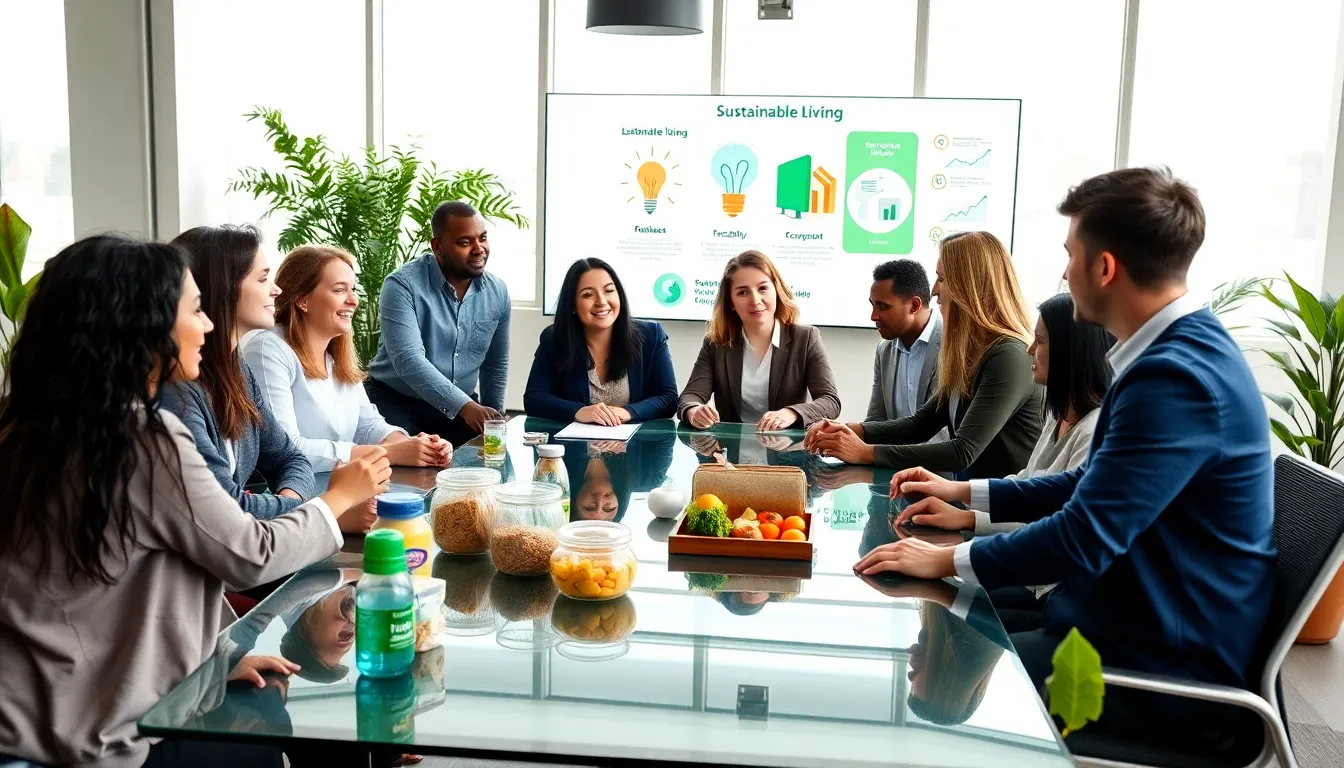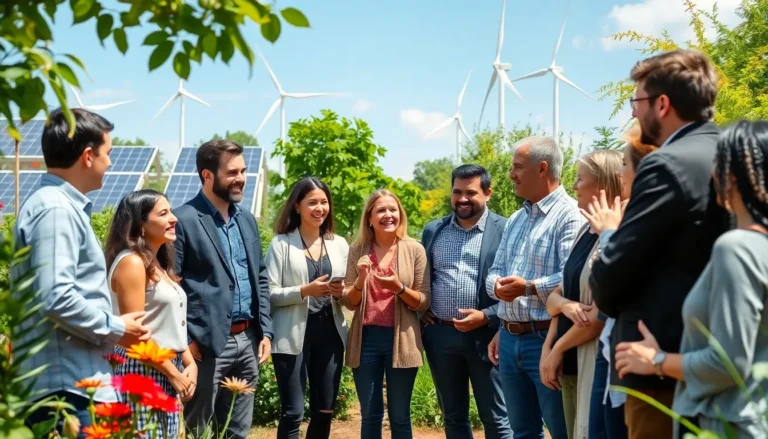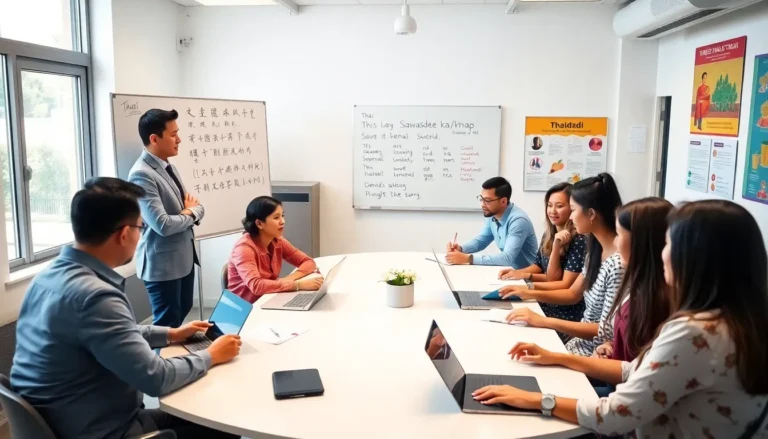In a world where the coffee cups seem to multiply quicker than rabbits, and plastic straws threaten to become the eighth wonder of the world, sustainable living has emerged as more than just a buzzword, it’s a necessity. Imagine a life where your choices, or lack thereof, don’t compromise the future of our planet. Sustainable living isn’t just for the bearded hipsters at the farmer’s market: it’s for everyone. So why should you care? Let’s jump into the increasingly crucial question: why is sustainable living important?
Table of Contents
ToggleUnderstanding Sustainable Living

Sustainable living is essentially about making choices that do not deplete resources or harm the environment for future generations. It encompasses a range of practices, from reducing waste and conserving energy to choosing products that are responsibly sourced. The essence of sustainable living lies in balancing our needs with the planet’s capacity to fulfill those needs.
It means saying goodbye to single-use plastics in favor of reusable options. It involves opting for locally sourced foods instead of items that have traveled thousands of miles, racking up unnecessary carbon emissions. The overarching goal is simple: to create a system where human beings can thrive without steering our blue planet toward doom.
This practice isn’t a fad: it’s about creating a lasting impact on our ecosystems, communities, and economies.
Environmental Benefits of Sustainable Living
When people talk about sustainable living, environmental benefits take the spotlight, and for good reason. Less pollution, improved biodiversity, and a stable climate are just the tip of the iceberg. Sustainable practices contribute to reducing the carbon footprint significantly, an essential step in combating climate change.
Plants, animals, and ecosystems depend on our choices. By choosing sustainable products, individuals can help save endangered species. For example, supporting sustainable fishing practices ensures that fish populations remain stable, which benefits entire marine ecosystems. Also, reducing waste by recycling or composting minimizes landfill contributions, leading to cleaner soil and water resources.
It’s a win-win. Individuals make a significant impact, fostering a healthier planet for themselves and future generations.
Economic Advantages of Sustainable Practices
Sustainable living isn’t just kind to the environment: it’s also beneficial for the economy. Consumers increasingly prefer businesses that adopt sustainable practices, prompting companies to integrate greener methods into their operations. Sustainability can lead to cost savings as energy-efficient systems reduce utility bills and conserve resources.
Investing in sustainable technologies, such as solar energy, results in long-term financial benefits. It also creates jobs in emerging sectors, from renewable energy to waste management, offering abundant opportunities for skilled workers. Besides, communities that embrace sustainability often see a boost in local economies, as they continue to prioritize local businesses over large corporations.
Social Impacts of Sustainable Living
The social implications of sustainable living run deep. By adopting these practices, individuals strengthen community ties and promote equitable social progress. Sustainable living often prioritizes fair labor practices and supports underprivileged communities, enabling them to thrive.
Communities that engage in sustainability practices often experience enhanced public health, as cleaner air and water drastically reduce health problems. Social cohesion flourishes when people come together for a common purpose, creating connections and fostering responsible behaviors. Sustainability doesn’t just change the environment: it cultivates thriving, connected communities.
Challenges to Sustainable Living
While the benefits of sustainable living are clear, it’s essential to acknowledge the challenges that accompany these practices. For many, the initial cost of sustainable products can deter individuals. Energy-efficient appliances might seem pricey upfront but save money over time.
Also, a lack of awareness and education around sustainable options can be an obstacle. Even with the growing popularity of the sustainable movement, misinformation often clouds the field, leaving people confused about what truly constitutes sustainability. Access also remains inequitable: not everyone has a farmers market around the corner or the means to afford organic produce.
Navigating these challenges requires persistence, creativity, and a willingness to learn.
Steps Toward a Sustainable Lifestyle
Making the shift to a sustainable lifestyle can be as simple as taking baby steps. Start by evaluating daily habits: Are there unnecessary plastic purchases? Can you swap out bottled water for a reusable water bottle? Next, consider your food choices. Opt for seasonal, local produce and reduce meat consumption.
Another important step is reducing energy usage. Simple actions like turning off lights in unoccupied rooms or investing in energy-efficient appliances can make a difference over time. Participate in community clean-up events or support local sustainability initiatives to enrich your understanding and foster community engagement.
Becoming more sustainable is a journey, not a destination. Every small change contributes to a bigger picture.






